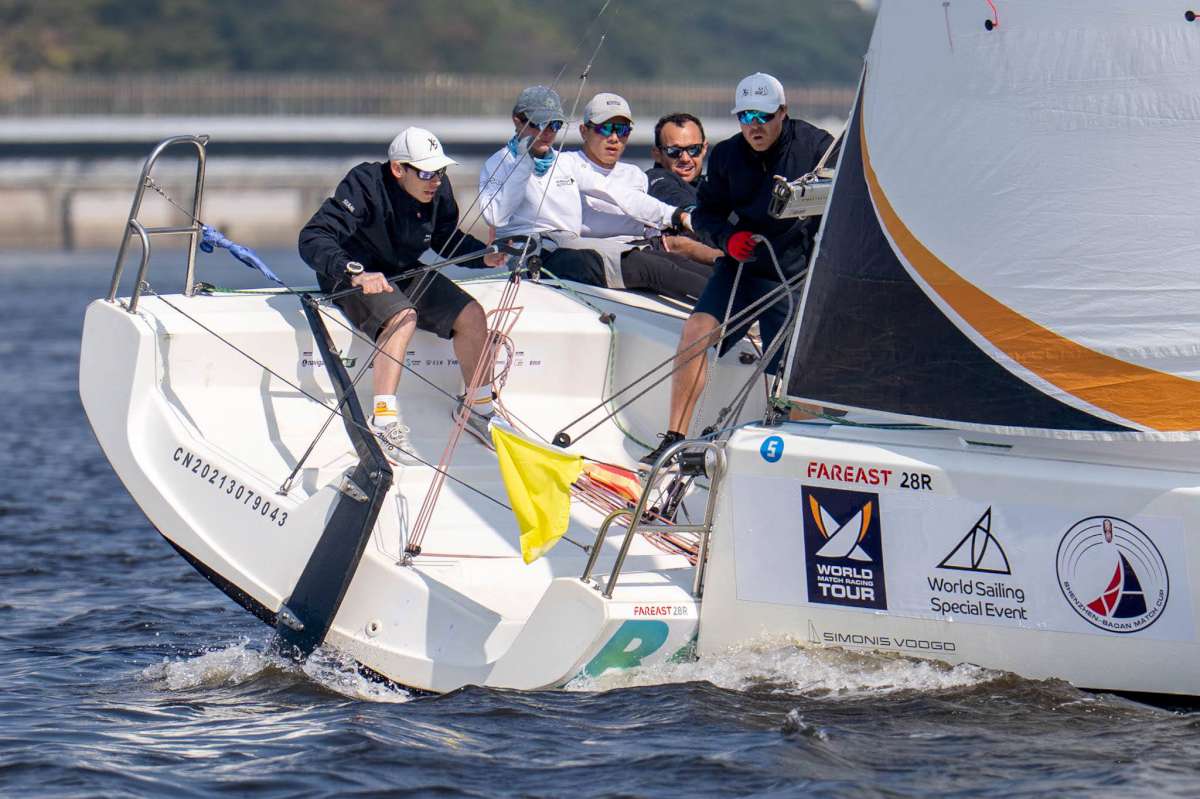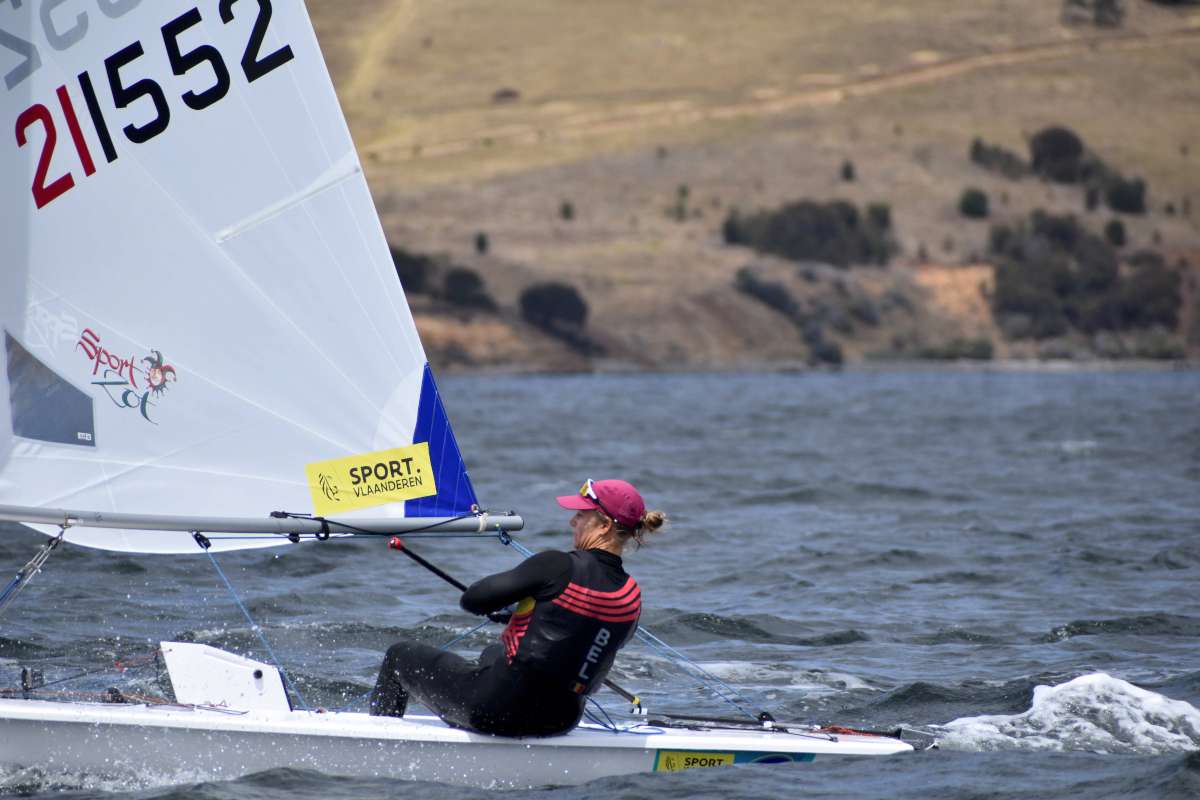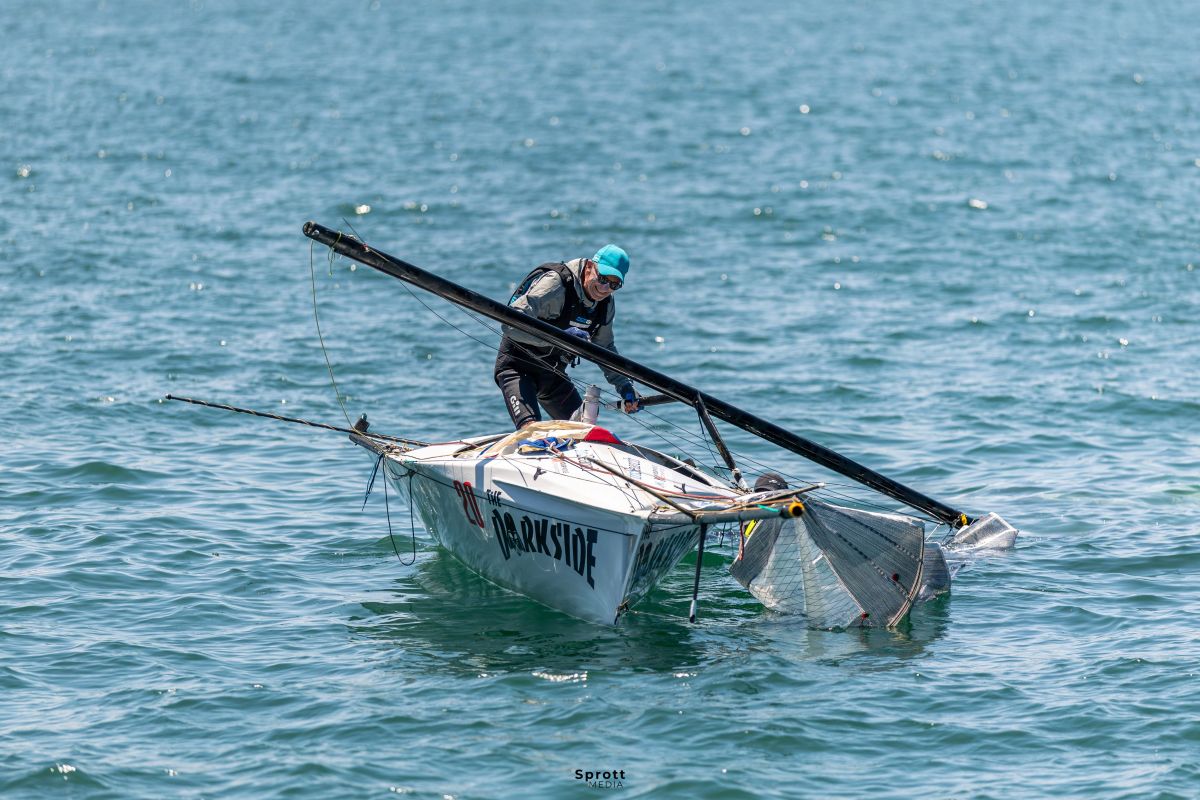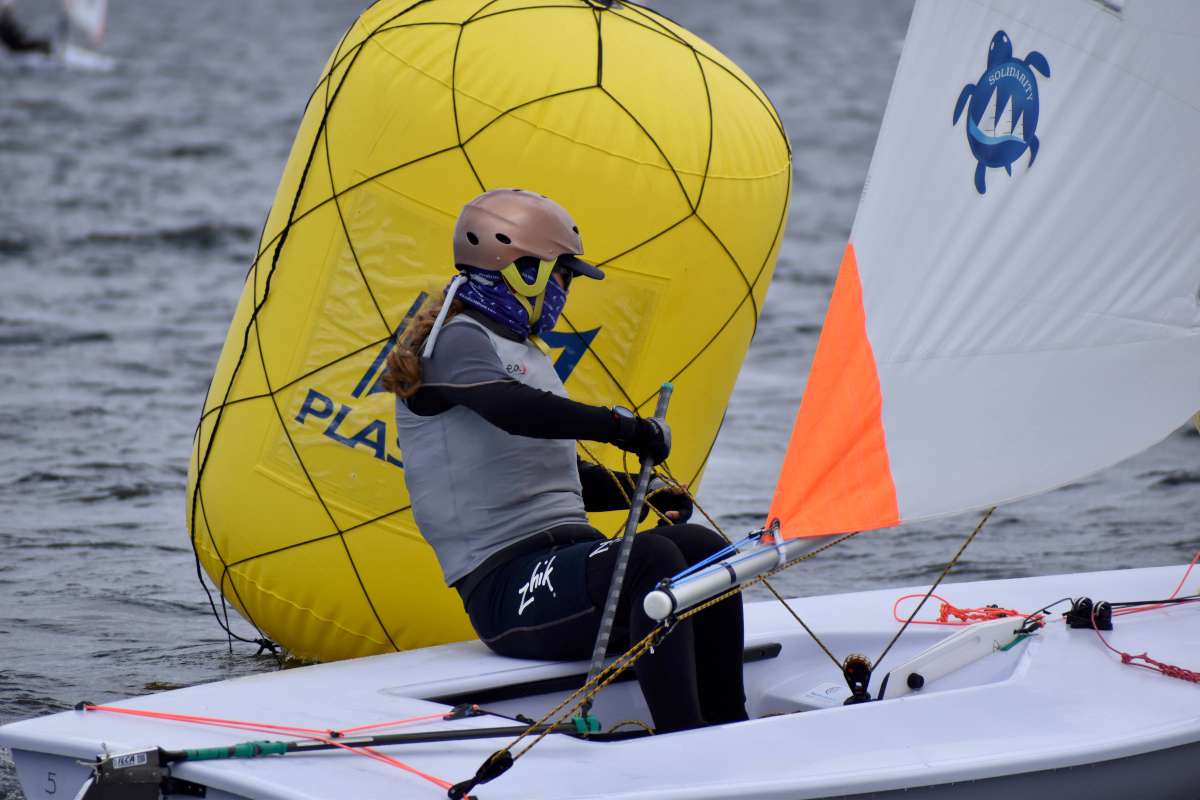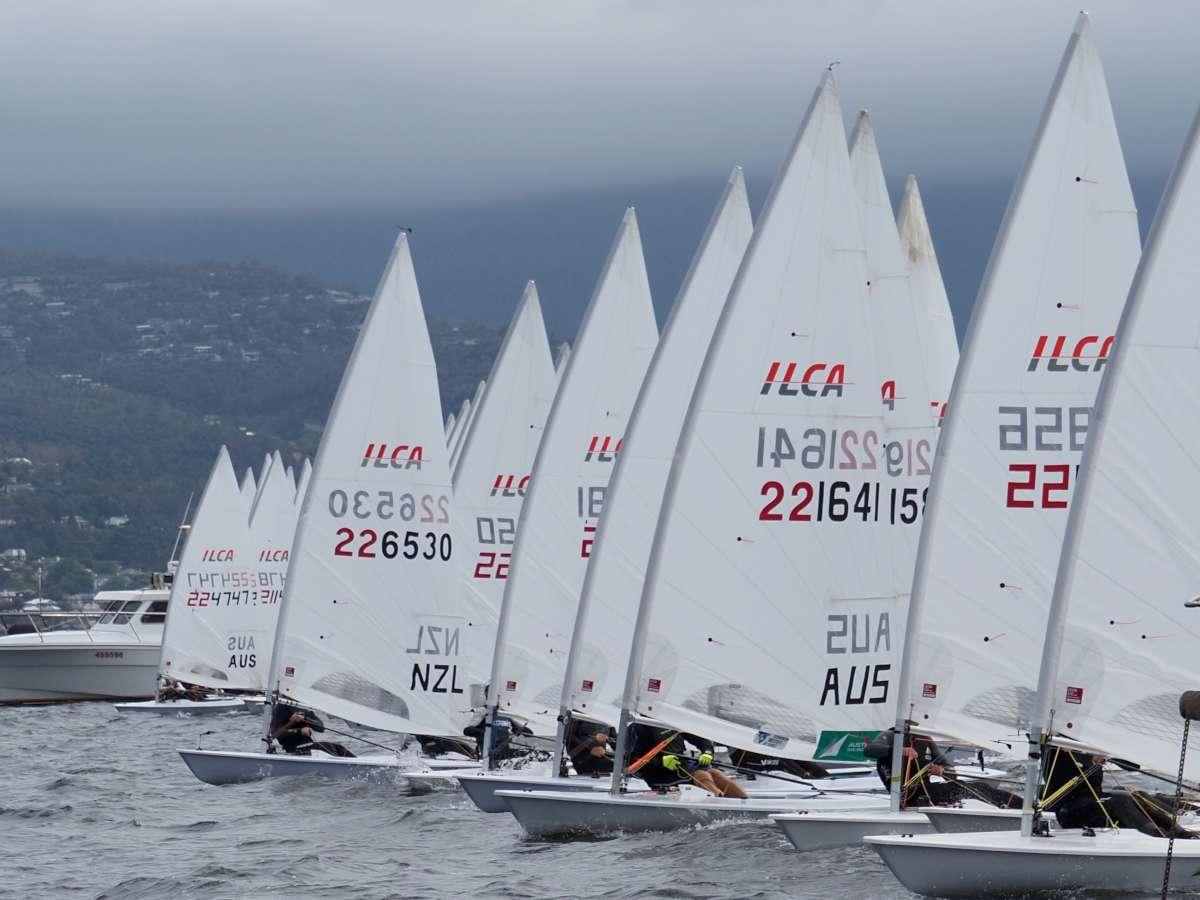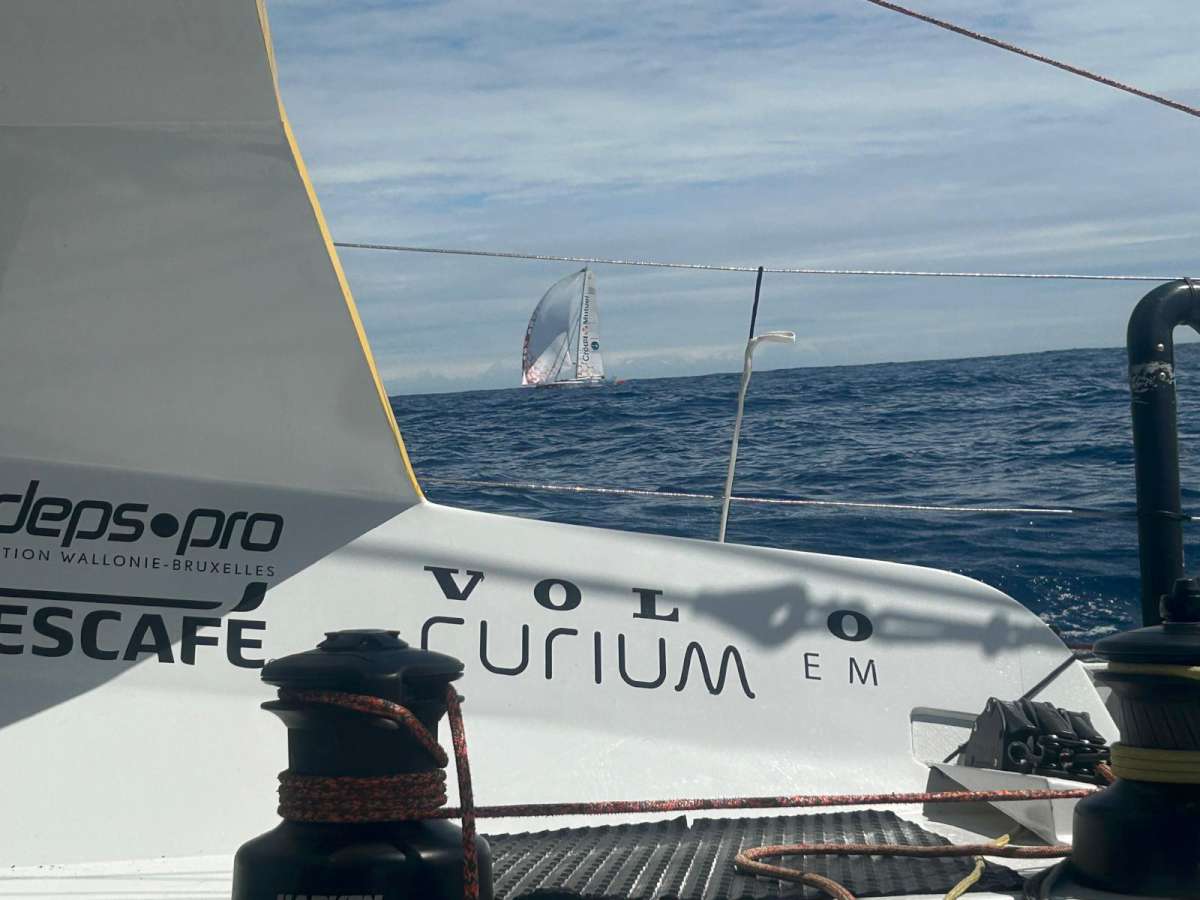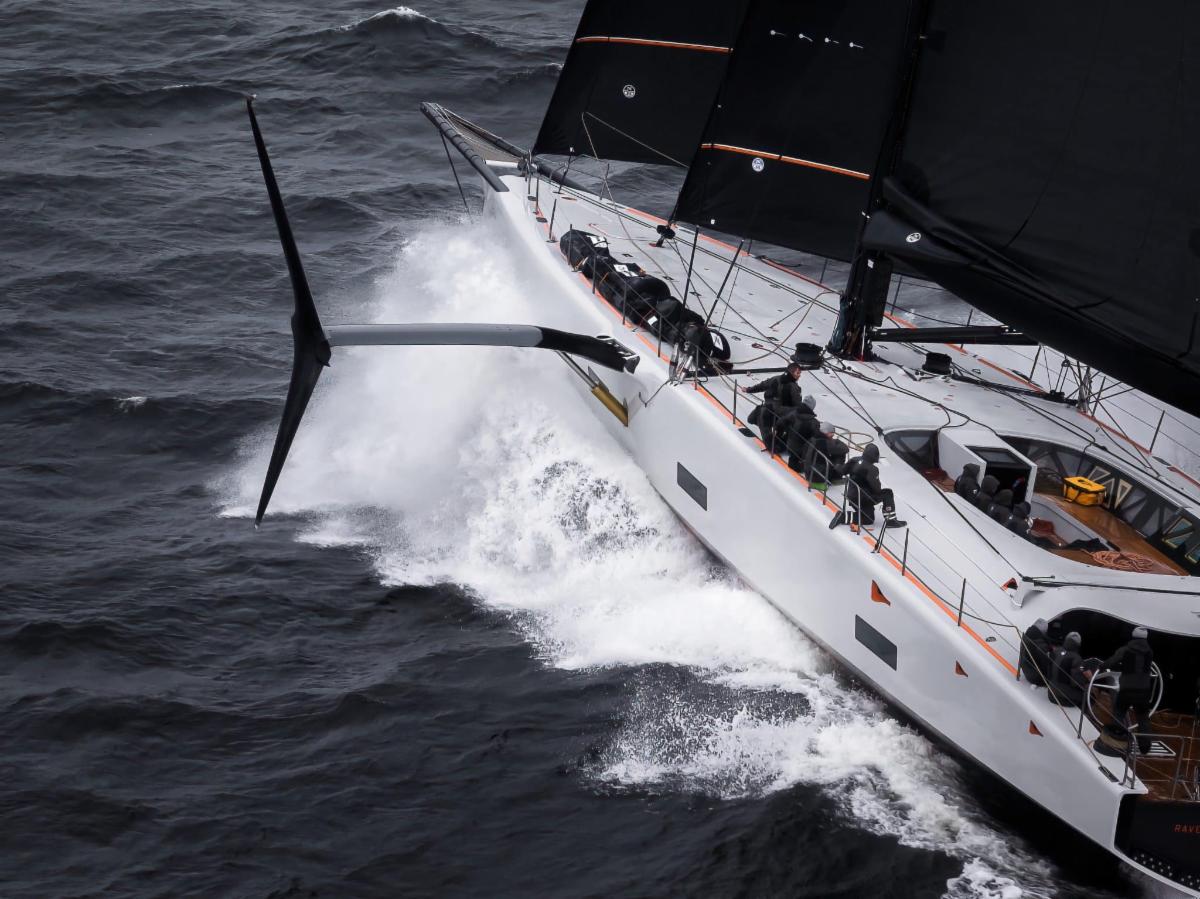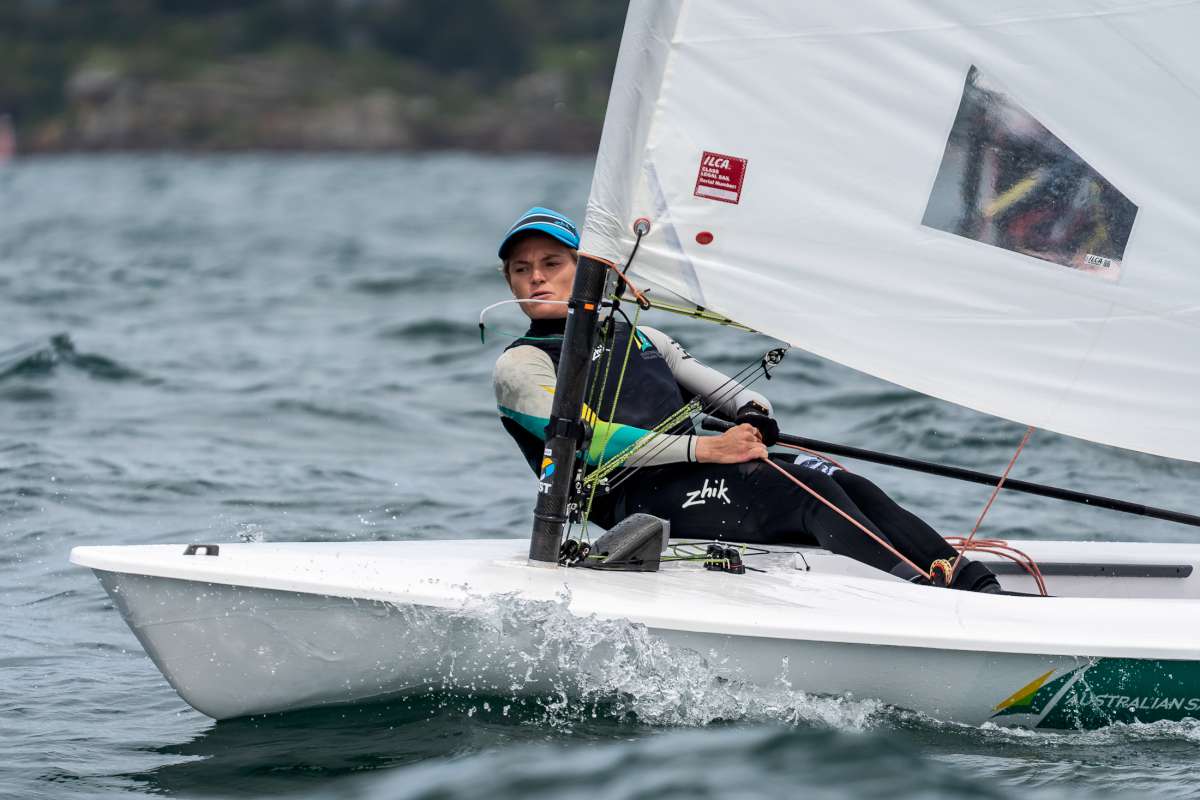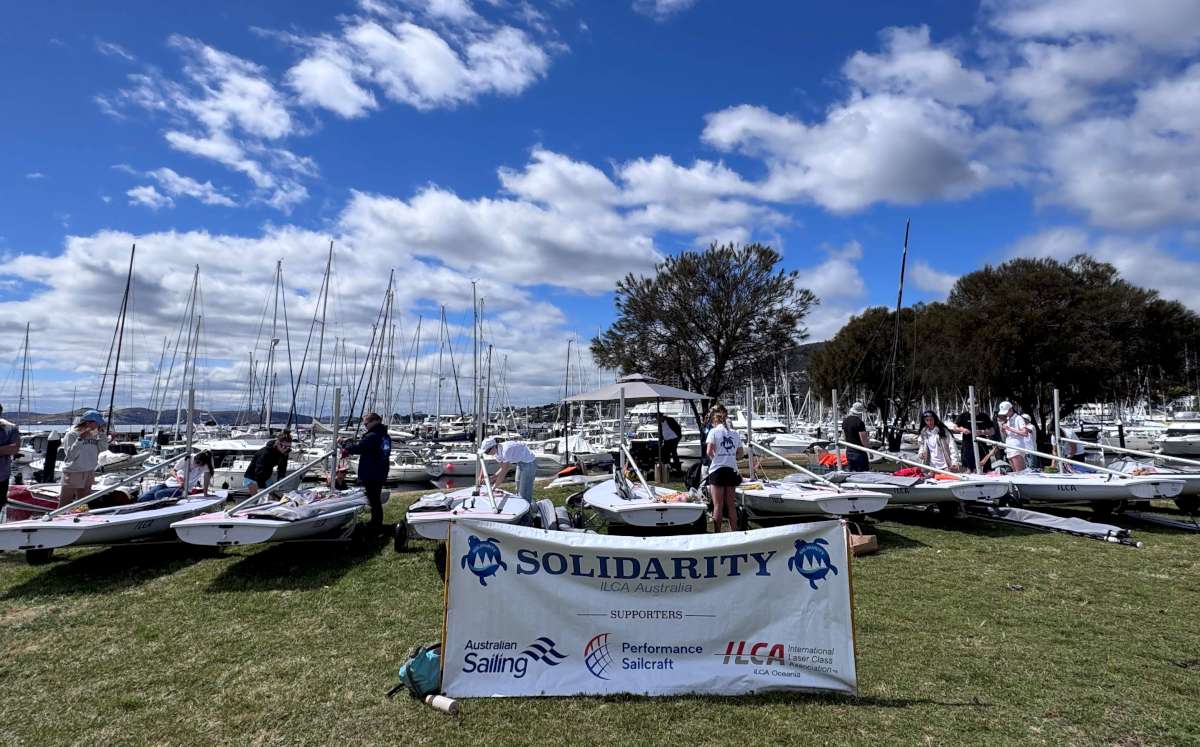Practical: communications
Staying in touch with home can be easy and inexpensive, Roger Foley discovers, when he investigates what cruisers are using offshore today.
Once upon a time bluewater sailors used to remain in contact with home by letter. It was always a drawn-out affair and much mail went missing.
Then came the radphone (radiotelephone) link via HF radio and a handy or not so handy shore station.
The calls were always punctuated by long pauses, prone to atmospheric interference, and expensive.
Then came the satellite-based systems and variants, but at a cost (set-up costs of $32,000 were not unusual), which meant they were really the preserve of the rich and sometimes famous.
However, in the past few years a quiet revolution has occurred, with products on the market that are both dependable and inexpensive. It is now possible, for instance, for young Australian kids to do “real-time” school lessons at sea using a satellite phone or broadband link for less than $50 a month.
Other long-haul cruisers are using mobile phones with locally purchased sim cards, or Sailmail or Winlink at incredible low cost and high dependability.
Long gone are the days when young “Johnny” kissed his folks goodbye at the wharf only to return 10 or 20 years later having barely said “hello” in between.
Now long-haul cruisers are in contact weekly with their home-bound families or reachable anywhere 24/7.
The Harlens
Take the Harlen family for instance. They have been living on Blue Moon of Oz, their 12m Crowther sailing cat, since 2001. They have a daughter, Natasha, aged eight, and four-year-old son Jaimie (James). Jaimie has known no other life than the one at sea.
When John and Sarah looked at how to stay in touch with their parents and friends while away cruising (they are currently in Thailand), they opted for an Iridium satellite phone, rather than a new HF radio. Their reasons were many and varied.
John says HF radio requires lots of battery power, which isn't always guaranteed, especially during emergency conditions. “You can take a satellite phone into a liferaft but you can't take your HF radio,” he says.
Satellite phone
Their satellite phone carries a number of emergency telephone numbers, which they can access any time from anywhere with the exception being the North and South Poles! There is no delay waiting for an operator to answer as there can be for an HF call, nor problems with propagation.
Their satellite phone number is also listed on their EPIRB registration, so if their EPIRB goes off rescue authorities can phone the Harlens direct, so saving time, says John.
There is another advantage of basing one's communications around an Iridium phone, which is often overlooked. The Harlens have elderly parents who know they can contact their children and grandchildren direct at any time.
However, such phones aren't cheap and require considerable discipline to keep costs down.
Away-from-home subsidy
The Harlens were eligible for a Federal Government “away from home” subsidy, which brought the initial phone purchase cost down from $1900 to $500. Extra parts required by the boat installation pushed this to $800.
They bought a call plan through AST (a WA company) for $395 a year. This gives them $10 worth of free calls a month. Additional use costs 60 cents per 20 seconds inside Australia and 90 cents per 20 seconds outside Australia. A text message from the boat costs 75 cents for 140 characters. Text messages to the boat are free.
They mainly use the Iridium link for data transfer ð not for talking. For instance, Sarah has an arrangement with a Sydney-based girlfriend (an ex-yachtie) who they call their “Port Lady.” They will send one email to her for on-sending to their family and friends, so saving money.
The satellite phone is very fast. For instance, they can send four to five compressed emails within 30 seconds.
Shore station
John has a yachting friend in Melbourne who acts as a shore station during passages. When Blue Moon is on passage, the friend goes into the Bureau of Met each day and cuts and pastes the latest weather information into a text-based email and sends it to the Harlens by Iridium. The transmission normally takes three texts.
John says it costs nothing for his friend to send the information and nothing for them to receive it.
“He is a yachtie. He knows what we are looking for.”
During a passage, the Harlens will send their friend a GPS position at 6am and again at 6pm. The friend tracks their progress. If something goes wrong, he can call the rescue authorities. His telephone number is also listed on the Harlens' EPIRB.
John's brother used to be the contact before he tragically died.
School lessons
The novel twist to this story is the way the Harlens use their Iridium phone for school lessons for Natasha.
They subscribe to “Join Net,” a platform run by the Brisbane School of Distant Education in conjunction with a software provider. Through this system, Natasha can talk and write and get feedback from her teacher Megan Hastie in real time anywhere in the world, including at sea.
Natasha sits in front of their laptop screen and wears a headset so she can talk directly to her teacher.
Sarah can also be connected by a separate headset so she can help out if Natasha runs into a problem.
Kids from as far away as South Africa or as close as Vanuatu are in the same “class” as Natasha.
The Harlens use a mix of tools to link with the school: mobile phone, broadband via Wifi or Iridium, depending on where they are and what is available. Broadband via Wifi is good as access is often free, and they can use the webcam and talk and write at the same time.
If they are using the satellite phone, they have to turn the webcam off.
The Harlens found that in Australia, the cost of running the satellite phone and separately a cellular phone totalled around $50 a month. By careful use of the satellite phone, the mobile phone and Skype via Wifi, they have managed to maintain that budget while offshore.
Michael and Helen
Michael Fowler and wife Helen McGivern hail from Adelaide. At the time of writing they were in Thailand on their yacht, Michael and Helen are highly IT-literate but in spite of this, they follow a simple recipe when communicating with home.
Sailmail
They have had Sailmail, an HF-based programme, on board since 2001 and found it invaluable. They use an ICOM ICM 710 HF radio linked to a Pactor 3 modem and reckon they use this every other day.
They also use a cellular phone and have done so since leaving Australia, just changing the SIM card in each country they pass through. On this trip that means Indonesia, Singapore, Malaysia and now Thailand. This means a new telephone number in each country.
They have found this form of communication really cheap, as long as those at home phone them, not the other way around. Most SIM cards are virtually free in Asia. You only pay for the air time, not the card. This means your initial outlay may only be $10.
Local calls are cheap and the cost of texting so low that Helen says they never notice the cost.
International calls
They avoid making international calls, preferring to encourage those at home to phone them. A call from Australia to Singapore, for example, cost Helen's dad around $22 a time. Her parents or sisters tend to phone once a week.
Both Helen's mum and dad and Michael's father are in their 80s. Helen's parents live 30km out of Perth on the coast. Her father is computer literate “to some extent” and spends hours each day on internet. Despite this, they tend to phone.
Michael's father is near deaf, so the phone is out. And he is not computer-literate. To get around this, the original plan was for him to type his letters and fax them to Michael's sister, who would then scan them and email the contents to Like all good plans, the path taken has been slightly different. An email account has been set up at a local internet cafe in Bowen (where Michael's dad lives). He pops in there and gets the staff to open his account so he can check for emails. He can type replies. This seems to work well.
Cellphone/Sailmail
Helen and Michael like their mobile phone/Sailmail combo. The only hassle, they say, is trying to get her parents to remember the new mobile phone number when it changes.
Sailmail membership costs $US250 a year. There is no other servicing fee. Helen and Michael have no real idea how much the mobile phone costs to run. It is low enough not to register.
In Australia, Helen has a Vodafone plan. She has kept this up at a cost of $20 a month as she says she won't be able to get such a plan again.
Michael has a CDMA phone, which is being replaced by 3G. “We have been told that the (new 3G) coverage will not be any worse than CDMA,” but Michael says the CDMA coverage did not have the range advertised.
When Helen and Michael finally make their trip back to Australia they will simply use the SIM cards already purchased.
My own boat
On Tradition, my partner Julie and I rely heavily on Sailmail to remain in contact with family and friends.
It is an absolute ripper of a system and I only wish I had installed it sooner.
My family live in Wellington, where Tradition (a 14m Herreshoff) is normally based. Julie's mother and her sister and brother live in Christchurch.
For years I've wandered around the coast of New Zealand, across the South Pacific islands and up and down the east coast of Australia.
The fancy satellite systems have always been beyond my means, although I once costed the possibility of writing a book at sea and “posting it” on the web so fee-paying customers could read about the action (normally hard and dirty) as it happened. The high cost of running the satellite phone at the time ruled the venture out.
ICOM IC-M78*
In 2006 after a season in Vanuatu and New Caledonia where I found virtually every foreign yacht running Sailmail or Winlink (the ham equivalent), I bit the bullet, ripped out my perfectly okay Kenwood TRC 70 HF radio, and installed a brand-new ICOM IC-M78 with tuner and Pactor 3.
The Kenwood was not rated for continuous output required by the modem and I was not prepared to have the modem scaled back, which you can have done.
The new radio/modem combo cost me $NZ 4330 tax-free out of Auckland. This included connecting cables, USB serial adapter and courier.
I had the unit professionally installed in Gladstone because ð despite instructions to the contrary ð I found the installation completely beyond me. The installation costs were reasonable (i.e., not cheap). And it took me till Thursday Island to get my head around how the thing worked! But what a beaut system.
* Ed's note: this radio is not approved for use in Australia.
Cost of Sailmail
It costs $US250 to belong to Sailmail, basically a co-operative run by a bunch of enthusiasts around the world. There are no running costs. For $US250 a year you can send or receive up to 10 minutes of text a day. That's an awful lot of compressed text. You are not able to receive attachments of any kind.
Under the software program, you type out your messages, turn on the modem, push F8 to find out what frequencies are best for your area and time of day, tune your HF radio to the required frequency, check that that frequency is clear of other Sailmail traffic (there is a distinctive pulsating noise when it's busy), then press the green/yellow button.
You need to send the material to a local ground station. When we were on the east coast of Australia, the base was Firefly in NSW. From Indonesia north to where we are now in Thailand, the base has been Brunei.
The system has worked fantastically well, and I have always managed to get through. Through Sailmail we can access GRIB weather files and local weather in text form. You can access an internet page and get a read-out in text form, but you have to know the exact URL for that page. For example, you could access a particular page on the Bureau of Met site for Australia, but you would have to have that page description.
Group emails
You can also set up group emails so one email sent will be re-routed to a number of other people (family or friends). This is a powerful facility that is not described in the Sailmail primer circulated to users.
Sailmail really has brought communicating with home within reach of the average Joe Blow bluewater cruiser like me. I'm now looking forward to the day when satellite phones are as cheap and easy to use as mobile phones. Some will probably say they hope that day never comes!
AUTHORS BIO.
Roger Foley is a former journalist, now skipper and owner of the 14m Herreshoff Tradition. He and his partner took part in 2007 Sail Indonesia Rally and are now in Thailand.




